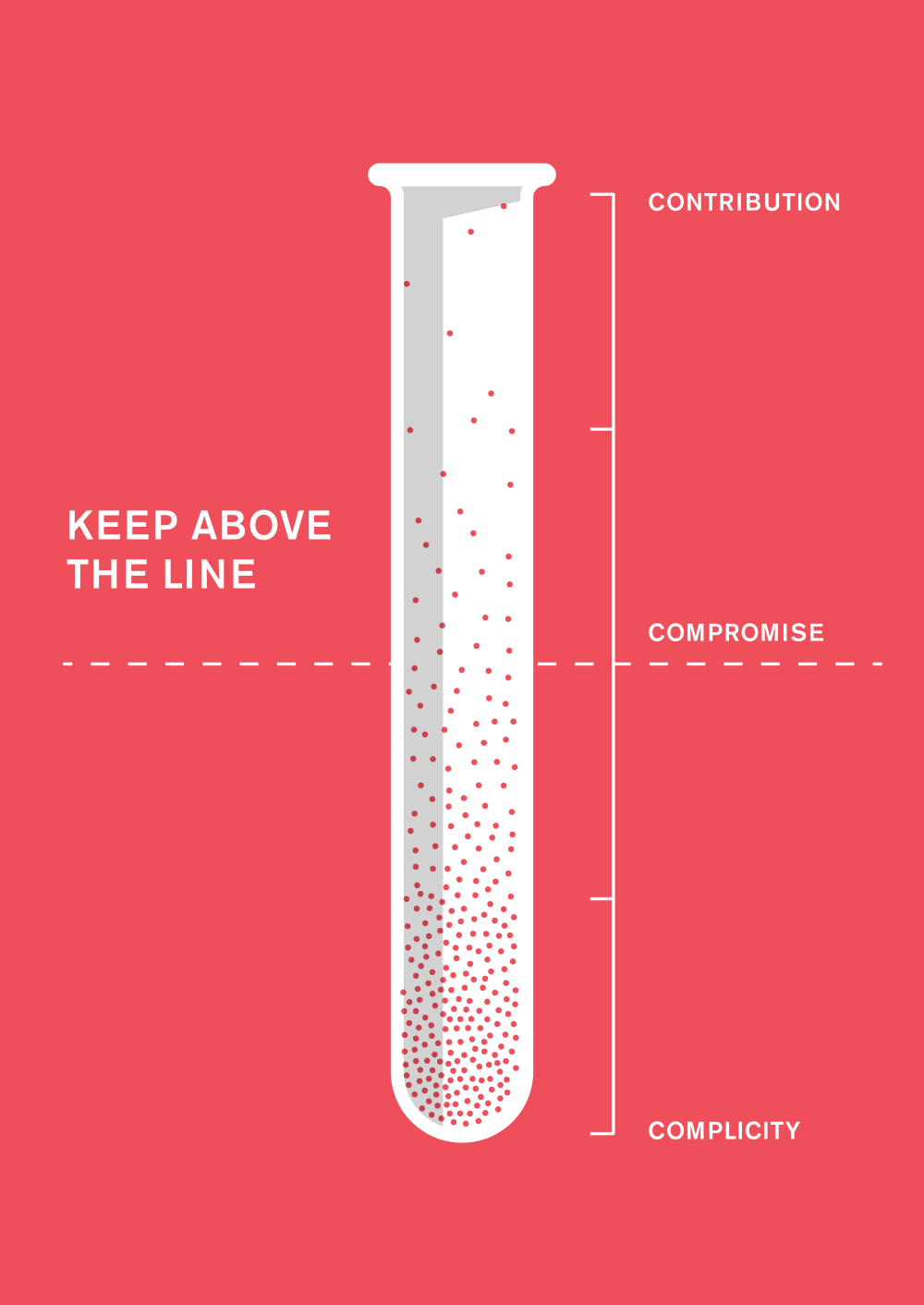Founding member of muf architecture/art, Liza Fior, joins Central Saint Martins as Professor in Architecture and Spatial Practices. Here, she talks about the role of research in architecture and the territory between the ideal and the reality of public space.
“We are thrilled to have Liza join us as a Professor," says Mel Dodd, Associate Dean for Knowledge Exchange and former Programme Director for Spatial Practices, "the intelligence and generosity of her practice approach will bring great value to the programme's culture and positioning.”
Congratulations on your Professorship. What will be your particular research focus?
"My research focus is being able to sleep at night – research is necessary as the means to make meaningful work in response to inevitably compromised briefs – making work for the public realm.
Research is expanding a brief, a site and the definition of who represents a client, to simply make the so-called public realm (whether buildings or streetscapes masterplans or furniture) more public. This applies to the processes of design as much as the built work. This research is usually unsolicited by those who commission us. I use the word "we" over “I” when describing research as almost nothing I do is not in some way embedded in the work of muf architecture/art and a multitude of collaborations with others, including students."
In terms of your future research: why this and why now?
"Public spaces and buildings are currently simultaneously described as important and extremely fragile. These are spaces required by planners and tolerated by the market (if they can drive footfall) and yet at the same time parks remain underfunded and libraries closed.
muf operates in the sometimes murky territory between the ideal of public space, of spaces for more than one thing at a time, for non-monetary transactions, incomplete, open to inhabitation and then the formulaic expectations of briefs and ironically dangerous, short-sighted (so-called) risk adverse systems of procurement and construction.
We work on giving status to what is not valued, attempting to write design guidance to protect that value, challenge reductive approaches and to produce built spaces which can be read as critique and exemplar at the same time.
I am excited by the role that UAL could have in contributing to London and beyond, by offering different models of value and the processes that could make it. For instance, the Library at Central Saint Martins is an example of research made visible. This "place to be messy", to quote the librarians who created and refined it, offers a model for others to learn from, especially the processes of prototyping and evaluation in use."

What piece of research are you most proud of?
"Feeling comfortable with a piece of work when it is finished is the holy grail – whether built project or a series of workshops which result in change or ,in the case of Jordbro in Sweden, making an illuminated nose for an informal cultural centre under threat of demolition and replacement by an official one 20% of its size. It is still there. It is a long and perilous road to build successful public spaces and requires many hands.
"To complete a project, with no esprit d’escallier of what you wished you had done, no self-loathing, no sense of sell out, (or at least only a strategic sell out) is the reward."
There is a particular contentment in sitting in one of the public space among others making it their own. Built visitable London projects include Barking Town Square, Altab Ali Park, Dalston Eastern Curve, Wonderlab at the Science Museum, all examples of spaces for more than one thing at a time to coexist.
Lastly, my part in the continued existence of muf architecture/art, as one of the founding partners, and the richness of collaborations and dialogues which take place at the studio and continue after people leave."
If you could change one thing about the way your discipline is viewed what would it be?
"The research component of our work is sometimes dismissed as if it is an extra, a quirky luxury. But research is not optional if one is to make accurate responses to a situation and to make work which is fit for purpose."
Liza Fior is a contributor to Spatial Practices: Modes of Action and Engagement with the City edited by Mel Dodd, published in January 2020 by Routledge.
